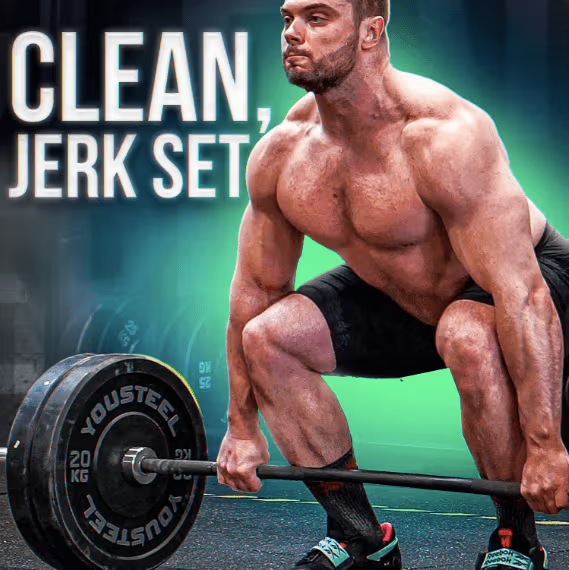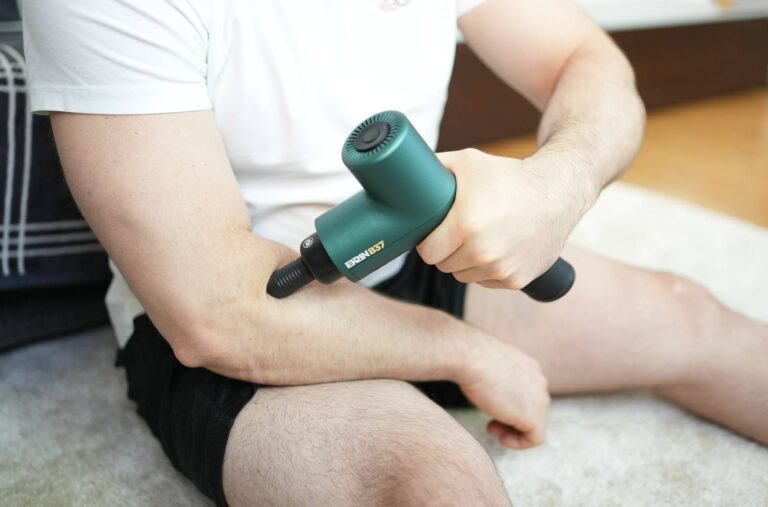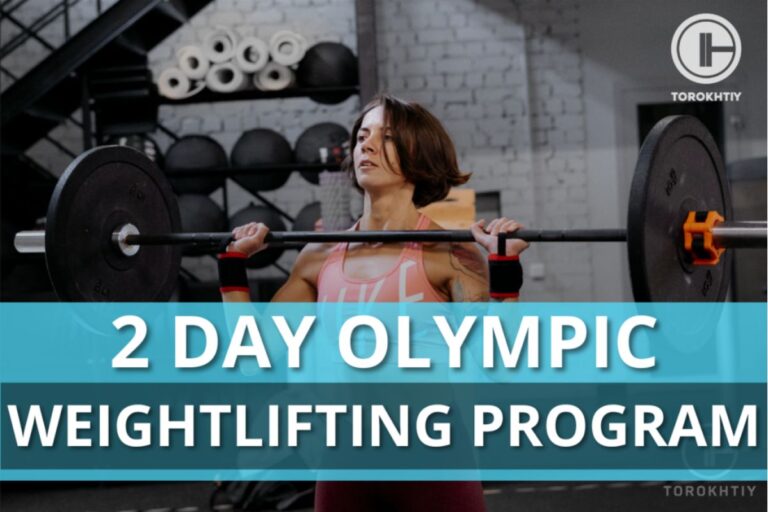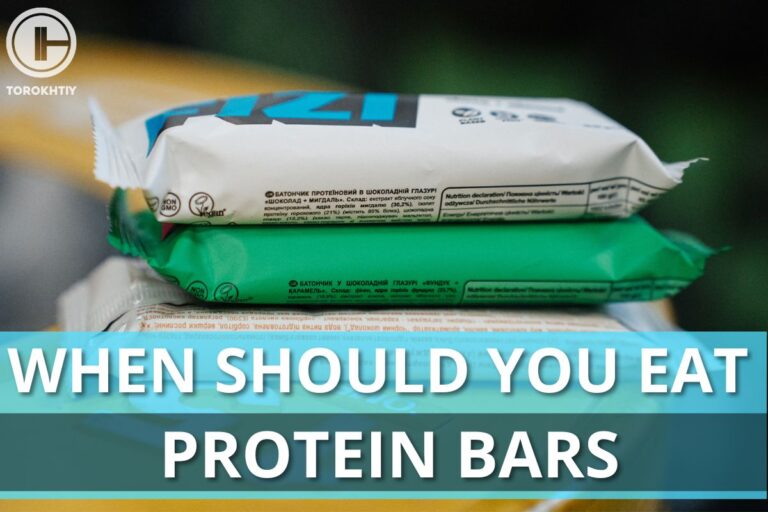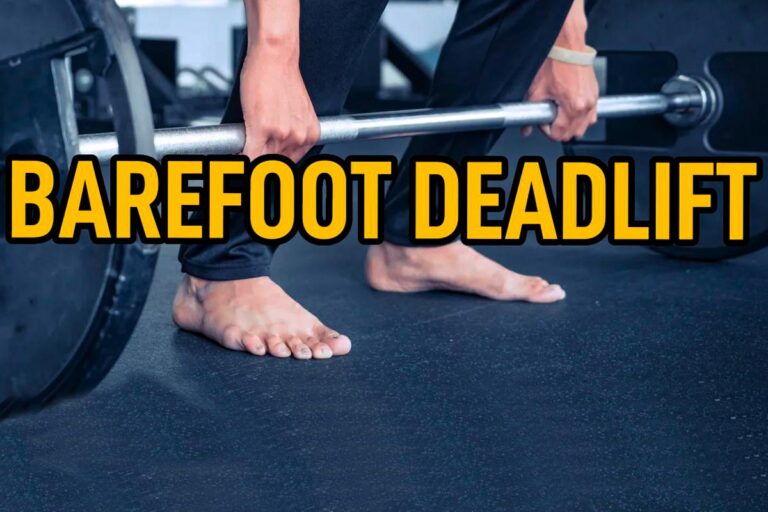Warm-up And Competition
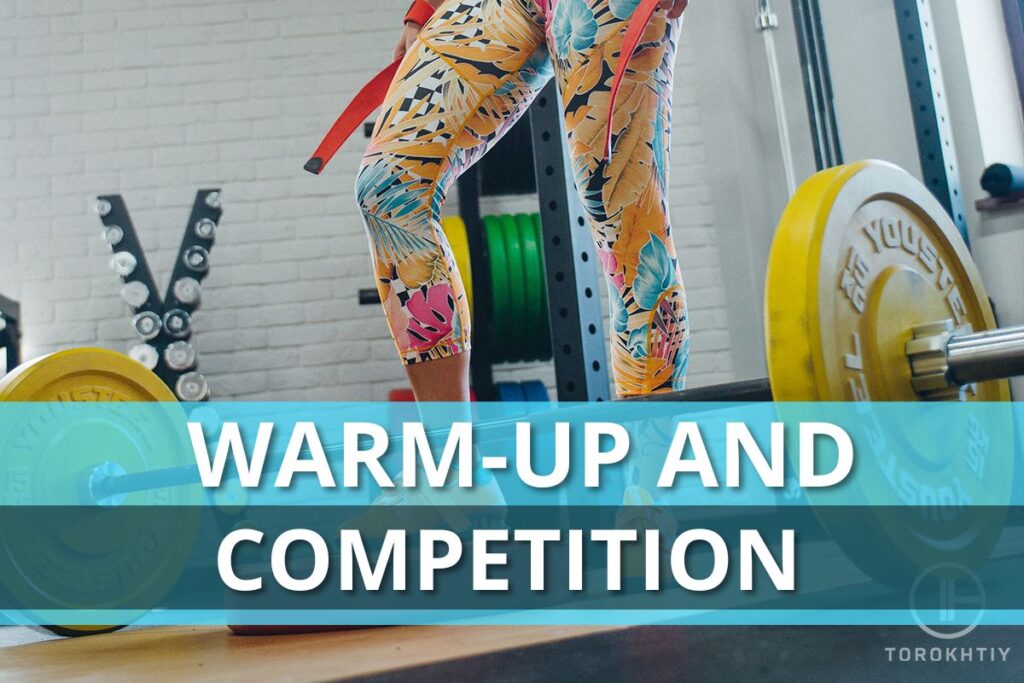
This article also available as audio. Check this out!
Subscribe and listen it anywhere:
The 2017 World Championship (Anaheim, USA) was remarkable for its level of event organization, Lasha Talakadze´s record, as well as an incredible number of forgone sets – in some weight categories there were more than 50%.
However, with all due respect to the hard work of athletes and their coaches, it is necessary to objectively analyze the competitive results. There is a generally accepted characteristic of competitive reliability: 50% of attempts made are satisfactory performance, 66.7% are good and 83.3% are excellent.
Let’s try to objectively look at the problem of competitive reliability. Strangely enough, from time to time in many national teams a so-called “zero epidemic” occurs, when several people from a team perform extremely unstable or bombed out.
The term “competitive reliability” was invented about 40 years ago due to the need to develop scientifically based methods for monitoring competitive activity. Back in 1965, three members of the USSR national team could not cope with the openers at the European and World Championships. Due attention was not paid to this and four athletes of the USSR national team bombed out at the 1972 Olympic Games. Analysis of competitive reliability showed that the implementation of attempts at the world championships over the past 25 years has fluctuated only within the “satisfactory” range.
The main factors for these failures were: incorrect starting weight selection, incorrect strategy of performance, the athlete’s technical training low level. Also one of the reasons was called the low level of mental preparation of athletes. As it is known, modern sports psychology suggests that if an athlete has poor technique or a physical fitness low level, even very strong mental preparation will not able to eliminate these shortcomings.
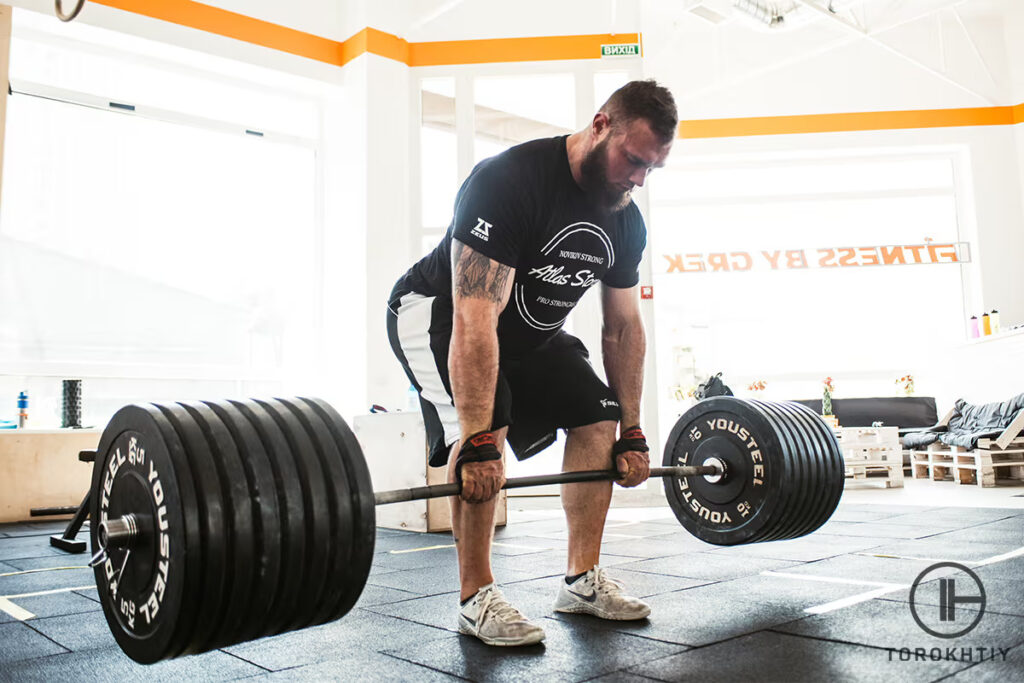
Many coaches and scientists agree that the main reasons for the athlete’s failure are the psychological factors of mobilization, technical instability and incorrect warm-up.
I believe that the last one is the most important factor. The quality of the warm-up to prepare an athlete to perform competitive exercises mainly depends on the optimal formation of muscle and intramuscular coordination. Stable warm-up exercising creates confidence in the athlete and ensures the full realization of his potential on the competitive platform.
My personal observations from fitness and Weightlifting trainings and competitions show that many athletes simply do not understand the importance of the general warmup. Many athletes do the minimal general warmup (some even skip it) and immediately begin to perform competitive exercises. Some athletes perform various special snatch exercises (muscle snatch, snatch press, squat press, snatch balance) At the same time, while performing the warm-up in the clean & jerk, most athletes immediately perform the clean & jerk.
Practice shows that in recent years, the duration of the general warmup in many teams has declined significantly. Perhaps this is due to the large number of warm-up sets. But the problem lies in the fact that from the point of view of physiology, in order for the muscular and nervous systems to fully engage in the work, it is the qualitative general warm-up that is needed. Snatch and C&J for a professional athlete is a fairly monotonous and familiar work that does not allow the optimal intermuscular and intramuscular coordination full inclusion.
My observations at international competitions, unfortunately, indicate that the “common culture” of warm-ups is far from ideal.
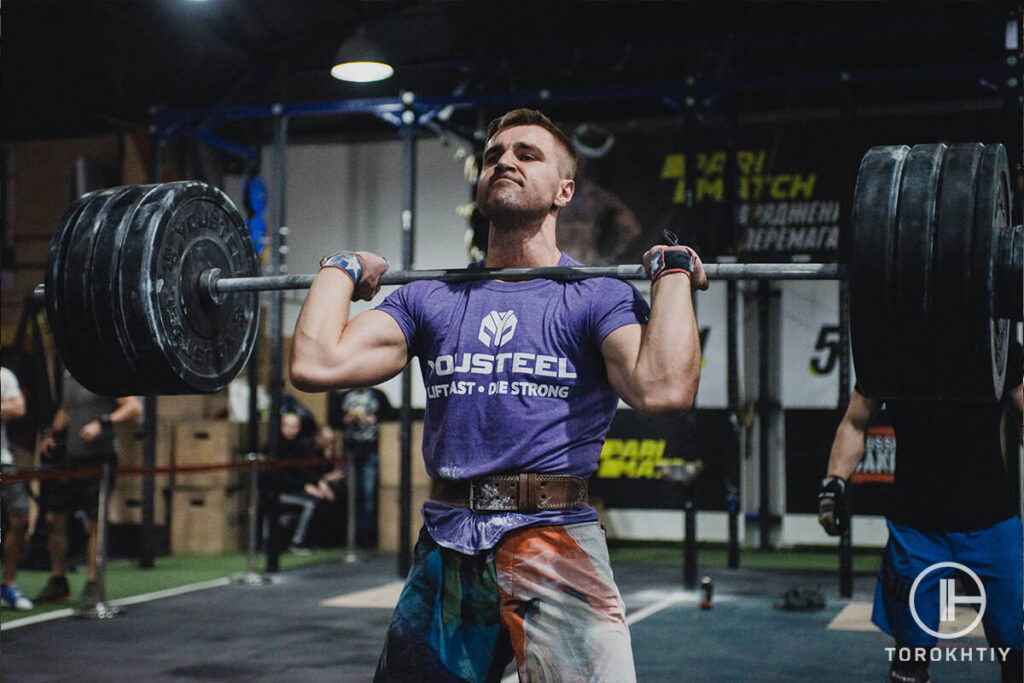
On average, athletes begin to warm up 35-50 minutes before entering the platform. The total warm-up lasts from 1 to 5 minutes maximum (at best, duck walk, wrist rotation, torso exercises, everything is done very reluctantly, as a rule).
A special snatch warm-up lasts 20-45 minutes, most often includes power snatch and hang and squat also, muscle snatch, and Sots press – a total of about 9-15 sets and 14-25 lifts. The exception is made by Asian athletes, whose warm-up can be 1.5-2 times longer. The difference between the last warm-up set and the first attempt on the platform is 2-5 kg for women and 5-15 kg for men.
Asian women very often lift a barbell during warm-ups with the weight that equals to the barbell weight on the platform. When I saw it for the first time, I could not believe my eyes. But let’s remember the specifics of psychological preparation – it differs everywhere.
The average rest interval between the last warm-up attempt and the first attempt on the platform is from 2 to 6 minutes. It is more difficult between the first and second and second and third sets: from my experience I would say that sometimes you had to wait 15-18 minutes, do additional warm-up and getting mobilized in such situations is really not easy.
Special warm-up in the C&J is usually shorter – 14-35 minutes. As a rule those are 8-13 sets. In the majority of cases, athletes simply perform the C&J. With low weights athletes often perform power clean, the jerk is performed without stopping in the split position and without a clear fixation of the bar above the head.
🔻Clean And Jerk Programs
🏋️ Unlock More with C&J SET! 🏋️
Get ready to maximize your gains with this exclusive bundle. Pay less, achieve more! Ideal for:
- 🔥 New PR in Clean
- 🔥 New PR in Jerk
- 🔥 Perfect Olympic Lift Techniques
- 🔥 Master Classic Movements.
Plus, The 10-week set has 50 sessions, organized into 2 cycles for peak performance! 💪
Don’t miss out – get it now!
I would like to remind you all that the successful implementation of competitive exercises requires the most effective neuromuscular coordination, concentration of force in active phases, and relaxation in the passive phase. Application of the specific exercises in the competitive warm-up will allow you to “feel” the bar and the movement. As an example: high pull to practice power position, clean squat press, stop for 2-3 seconds in the jerk in the fixation phase.
Unfortunately, the quality warm-up underestimation takes place today and therefore athletes get “zero” and injuries at competitions.
My coach always taught me that there are no trifles in sports: everything matters and sometimes much more than we imagine. I believe that a conscientious approach to general and special warm-up, both in training and in competitions, can greatly contribute to stabilizing the technique, reducing the number of unsuccessful attempts and the number of injuries.
TRAIN TOGETHER – TRAIN RIGHT
You might be interested in:
Why Trust Us?
With over 20 years in Olympic Weightlifting, our team does its best to provide the audience with ultimate support and meet the needs and requirements of advanced athletes and professional lifters, as well as people who strive to open new opportunities and develop their physical capabilities with us.
By trusting the recommendations of our certified experts in coaching, nutrition, dietology, and sports training programming, as well as scientific consultants, and physiotherapists, we provide you with thorough, well-considered, and scientifically proven content. All the information given in the articles concerning workout programming, separate exercises, and athletic performance, in general, is based on verified data. We ensure that you can rely on our professionals’ pieces of advice and recommendations that can be treated as personalized ones which will benefit you and fully meet your needs.
The product testing process is described in more detail here
Author: Sergii Putsov
Head of Sport Science, PhD
Best Results: Snatch – 165 kg,
C&J – 200 kg
Sergii Putsov, Ph.D., is a former professional weightlifter and National team member, achieving multiple medals in the 94 kg weight category at national competitions. With a Master’s degree in “Olympic & Professional Sport Training” and a Sport Science Ph.D. from the International Olympic Academy, Greece, Sergii now leads as the Head of Sport Science. He specializes in designing training programs, writing insightful blog articles, providing live commentary at international weightlifting events, and conducting educational seminars worldwide alongside Olympic weightlifting expert Oleksiy Torokhtiy.






